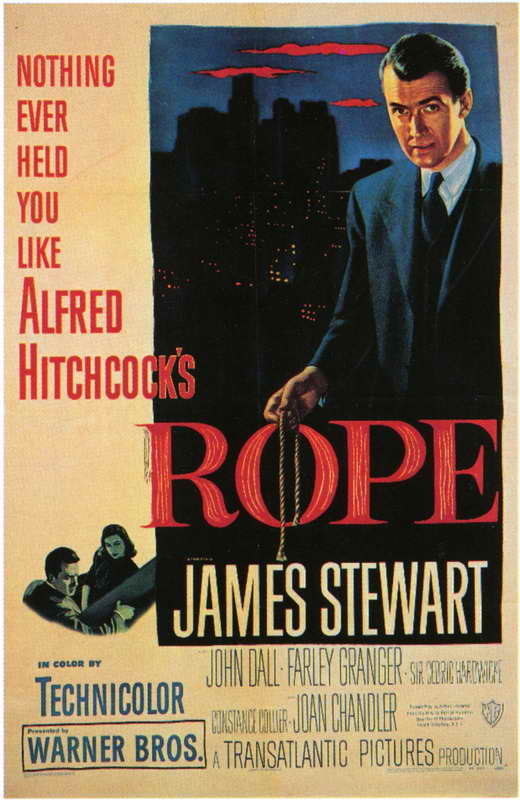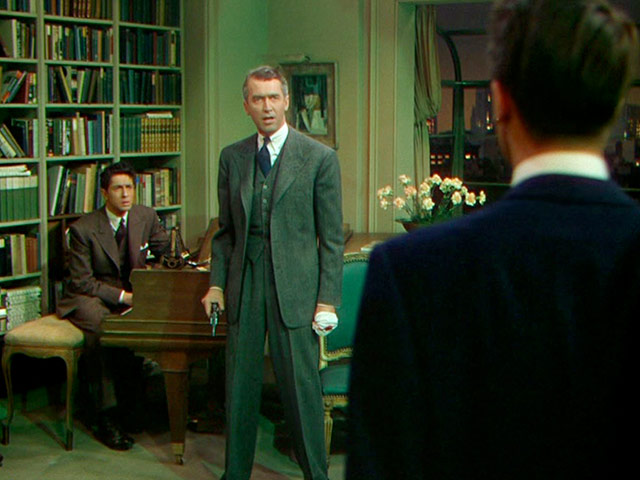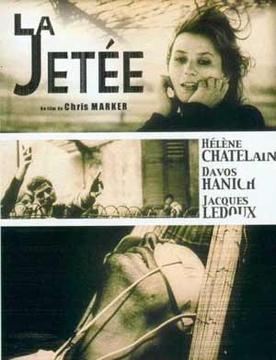Original Story for OGR
Two rival sculptors are pitted against
each other in a timed competition out in the Canadian wilderness. There is a
stand of people in the clearing here to watch the competition. One sculptor is
over-confident, large and muscular, while the other is quite small and focused.
At the beginning of the competition the large sculptor begins training himself
up using his surroundings as rudimentary gym equipment, while the other begins
drawing up plans and measurements.
Both sculptors then set to work on their
sculptures, it switches between both of them during this process. The large
sculptor uses large tools including a chainsaw and rips up a lot of the
surrounding woodland and rocks. His begins to grow and grow until he can no
longer reach the top to continue sculpting. He thinks to himself and comes up
with an idea. He fashions a pogo-stick out of a log, some branches and a coiled
snake and continues to sculpt haphazardly.
The smaller sculptor gathers an adequate
amount of materials and begins to construct his at a slow but steady pace.
After some time the large sculptor tires as he has over-worked himself and
decides he is almost finished and has some time so he will rest for a minute.
It focuses on him closing his eyes.
He opens his eyes to find the time is up
and that while his wasn’t quite done the other sculptor had finished his .
It ends with the smaller sculptor with a
smile holding a trophy bigger than him and the larger sculptor grumbling next
to him.
Feedback
The main 3 points that Phil mentioned were as follows;
-The pogo-stick seems like its being used by the wrong character eg brains instead of brawn character.
-Instead of an actual competition, which needs much more introduction for the viewer, a rivalry between 2 native American chieftains that takes shape as a totem pole carving competition (most likely out of the surrounding trees). This also provides a solid base for the character and environment design.
-Not much being seen of the brainy characters totem until a final reveal at the end (more of a punch-line).
I definitely agree with all 3 of these points and I intend to tweak my story to accommodate them. I definitely feel that these things can improve my story and make it more polished. So without further ado, my revised story.
Revised Story
There are two rival tribes at either end of a forest. They constantly bicker and fight. The two chieftains settle their dispute in a clearing at the centre of the forest. One is rather skinny and the other is brawny. It is to be settled over a totem pole carving competition of two adjacent trees. (either right next to each other or at opposite ends of the clearing). They shake hands and both go back to their tribes to prepare.
The brawny chieftain trains his body by lifting logs like weights, juggling animals etc etc... while the skinny chieftain begins drawing, planning and measuring out his totem pole design.
The next day, the two chieftains meet in the clearing and start working on their totem poles, most of the emphasis is on the brawny chieftains totem and him making large carefree thrusts as he carves his, with a camera cut as he looks over to the skinny chieftains totem and sees him working things out and making small incisions and cuts with his tools. This makes the brawny chieftain snigger and feel more confident.
There is a montage of progress as the two totems begin to take shape from a distance. Both of the chieftains have problems reaching higher points to carve, the brawny chieftain climbs his without care and continues carving without care. The skinny chieftain cannot climb as well and he comes up with another solution. He hurriedly designs and makes a pogo stick out of a small log, some sticks and an unfortunate curled up snake (design could change). After both sculptors continue the brawny chieftain has exerted himself too much and after feeling that he has done enough to win, climbs down and naps against a nearby tree. Camera focuses on him falling asleep and then him waking up later.
He is woken up by the skinny chieftain, who is the first thing he sees, the skinny chieftain then steps aside to reveal his finished totem pole, it is magnificent and brightly coloured in comparison to the brawny chieftains rather rough and plain work.
The brawny chieftain gets up and in his frustration, kicks his totem pole down (camera shake when it falls) and trudges back to his village, mumbling and grunting angrily as he does so. It then focuses on the skinny chieftain again, who wanders merrily back to his village. It shows the clearing with the two totems again and zooms out and fades.
.jpg)





